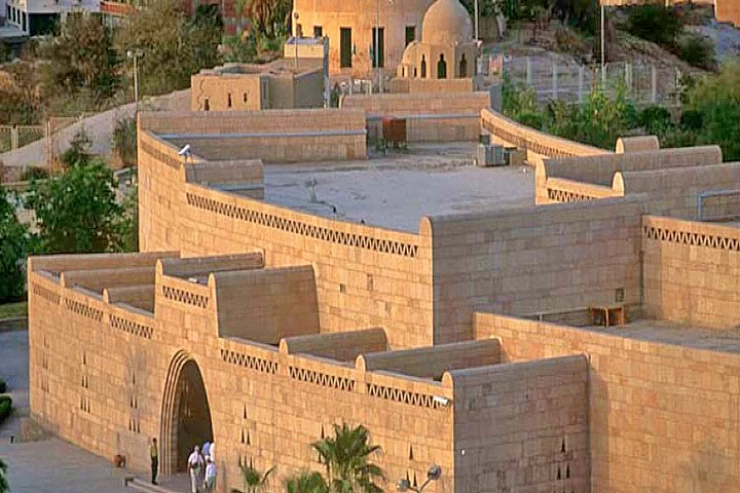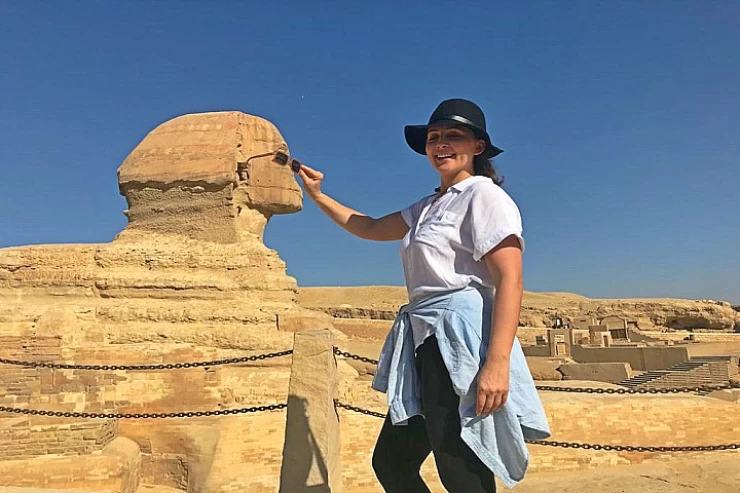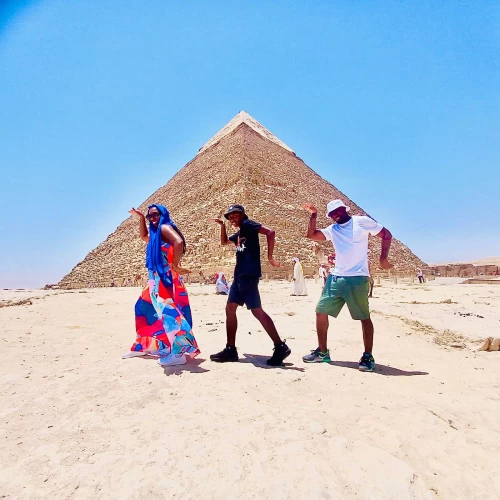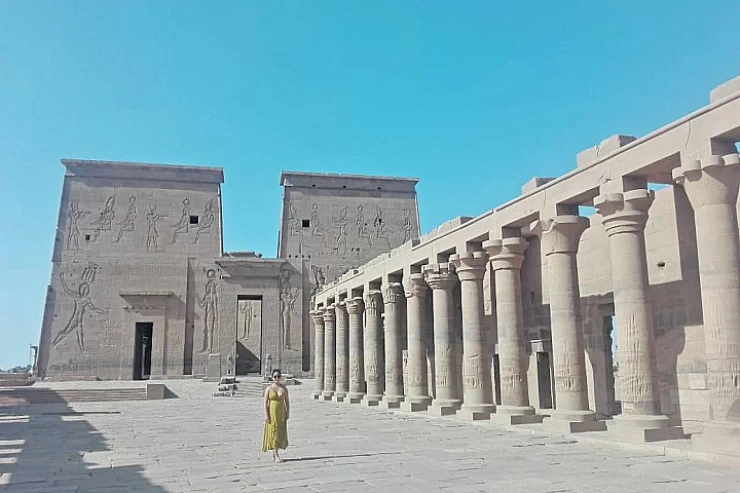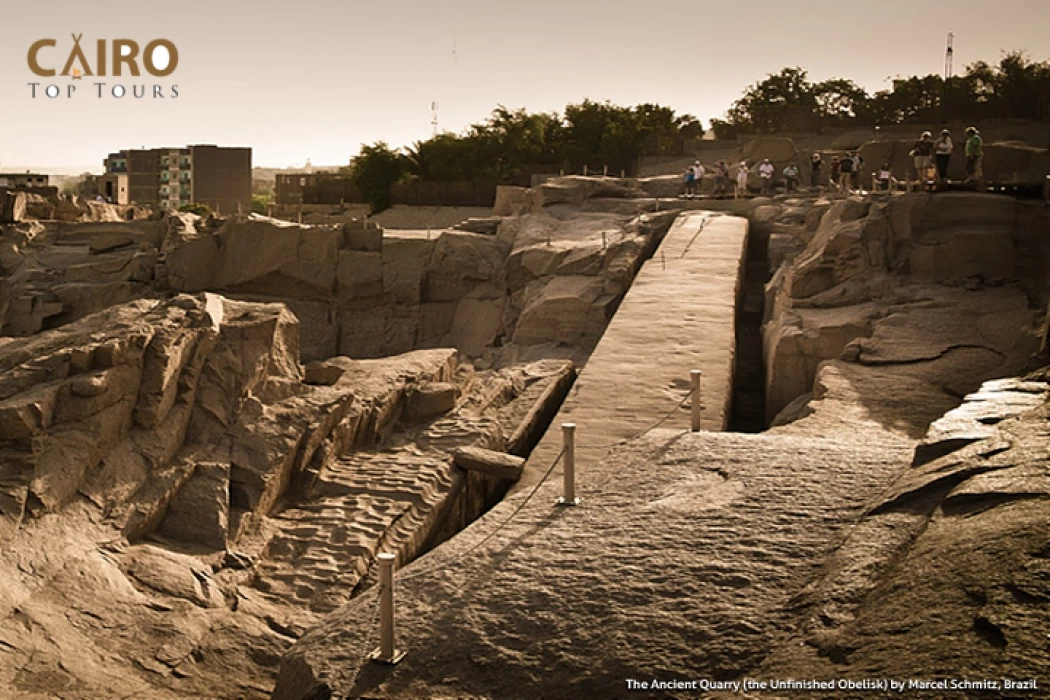
Unfinished Obelisk in Aswan
Hatshepsut, one of the most significant pharaohs in Egyptian history, regardless of gender, made substantial contributions to her nation through her immense wealth and artistic patronage. Her support of one of Egypt's most successful trading missions led to the acquisition of gold, ebony, and incense from a region referred to as Punt, which is believed to correspond to present-day Eritrea in Africa.
The Unfinished Obelisk, recognized as the largest obelisk ever constructed by the ancient Egyptians, dates back to the era of Queen Hatshepsut during the 18th dynasty. It remains in situ, precisely where it was partially hewn from solid rock, within the granite quarries located near Aswan.
The massive Unfinished Obelisk in Aswan was intended to reach a height of nearly 40 meters, with an estimated weight exceeding 1,000 tons. Regrettably, the project was left incomplete, likely due to a significant crack that developed while attempting to detach the stone block from the bedrock, rendering it unusable and devoid of value for the laborers who had invested considerable effort into its creation.
Aswan Granite Quarries
Currently, the Unfinished Obelisk in Aswan serves as an open-air museum situated within the granite quarries where ancient Egyptian monarchs extracted and transported the essential stone blocks intended for the construction of the monumental Giza Pyramids and the Sphinx. This site is particularly significant for the structures that grace the Giza Necropolis, utilized during the 4th dynasty of the Old Kingdom for the reigns of Kings Cheops, Chephren, and Mycerinus. Additionally, it played a role in the construction of the grand temples from the Middle and New Kingdoms, such as the Temple of Luxor and the Temple of El-Deir El-Bahari. These historical landmarks allow us to connect with a distant era, rich in enigmas yet to be unraveled. We eagerly await your visit to the historic land of our forebears, as you embark on this journey.
The obelisk itself is a structure imbued with historical, religious, and cultural importance, closely linked to the worship of the sun god Ra. It embodies a fundamental concept of Egyptian culture, symbolizing the sun's rays that radiate from its apex, signifying the life-giving power of the sun.
Cairo Top Tours offers an exceptional opportunity to spend a few delightful days discovering these captivating attractions that will inspire you upon your arrival in Egypt. We encourage you to make your reservation with us today.







